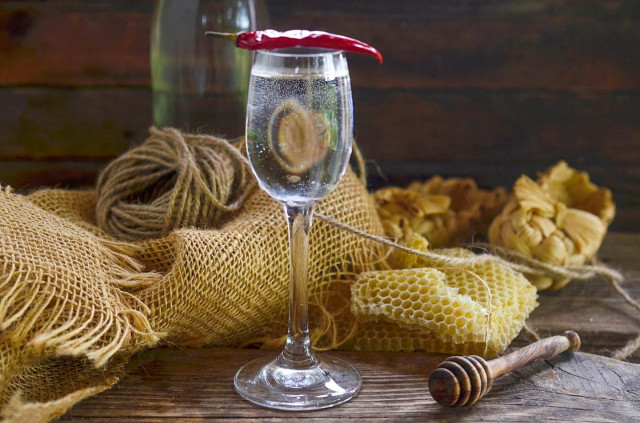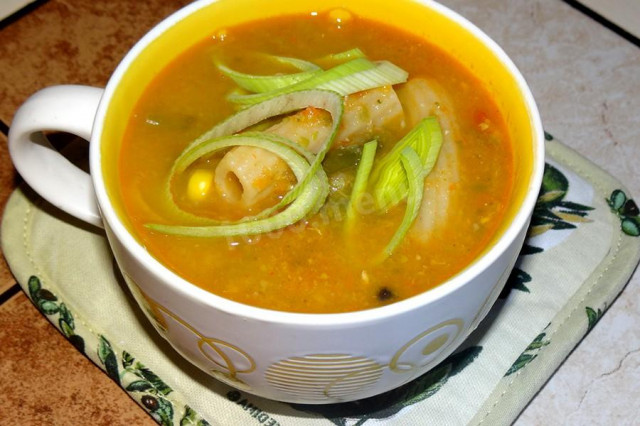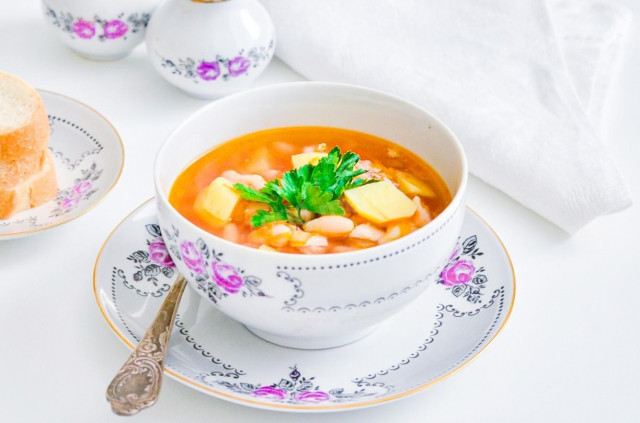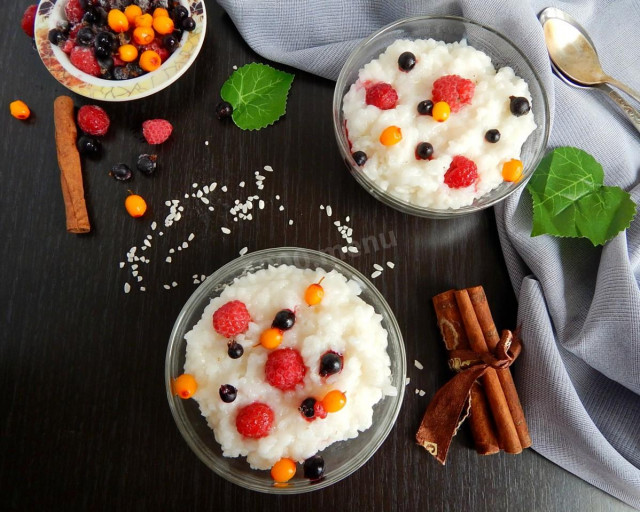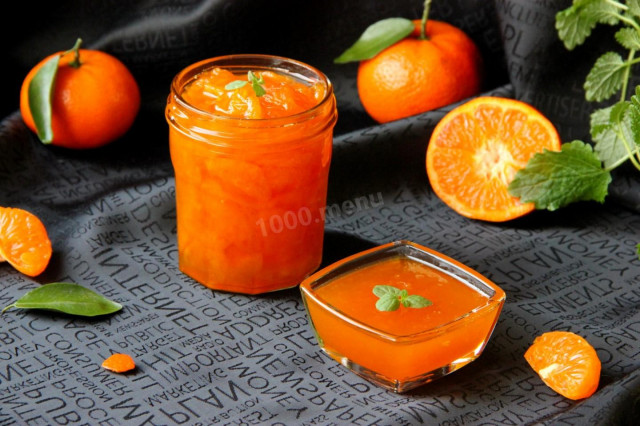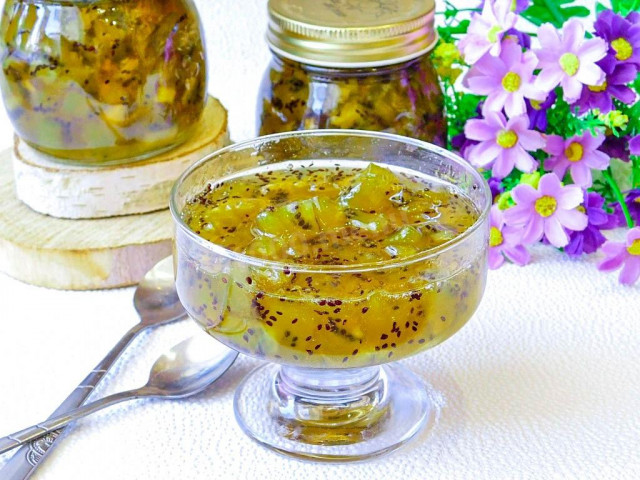Composition / ingredients
Step-by-step cooking
Step 1:
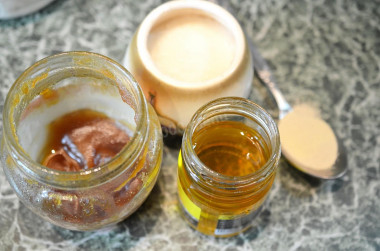
How to make moonshine from honey at home? Prepare the products. For the preparation of moonshine, any honey is suitable, even old, even old in honeycombs (in this case, the braga will have to be filtered). My yeast is dry today, but you can take fresh ones.
Step 2:
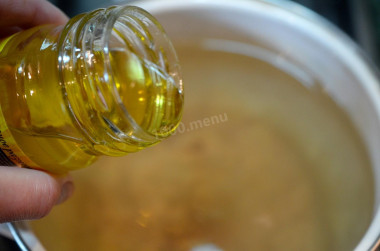
Add honey to the water, bring to a boil and cook, removing the foam, for about 10 minutes on low heat.
Step 3:
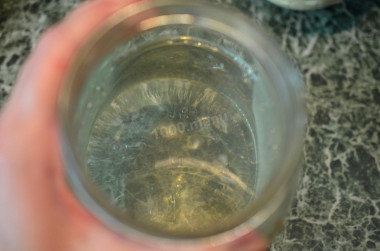
Cool the syrup to room temperature, and then pour it into a fermentation tank.
Step 4:
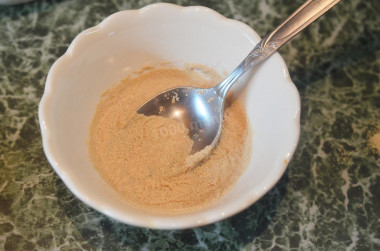
Fill the yeast with warm water. To prevent yeast activity from dying, the water temperature should be no more than 40 degrees. Read more about this at the end of the recipe.
Step 5:
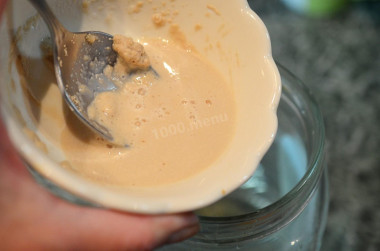
Wait until the yeast is activated — a foam cap forms on the surface. Usually, if the yeast is fresh, it takes about 10 minutes. Pour the yeast water into the fermentation tank.
Step 6:
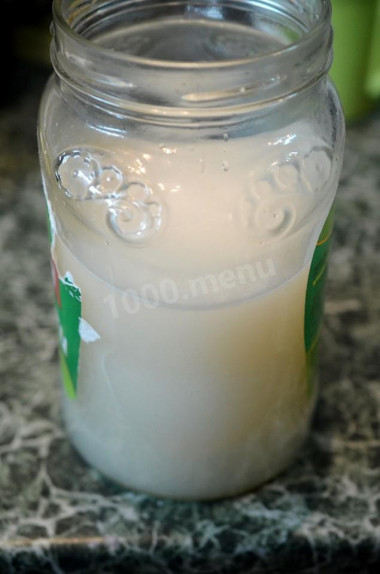
Mix everything. The fermentation tank should be filled by 2/3. It is better to take large glass jars for these purposes.
Step 7:
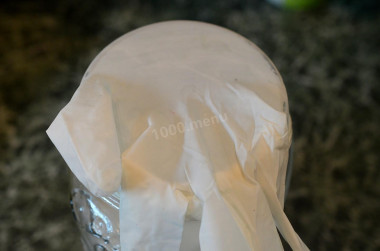
Put a disposable glove on top of the jar, then put it away in a warm dark place. The temperature should be from 20 to 28 degrees.
Step 8:
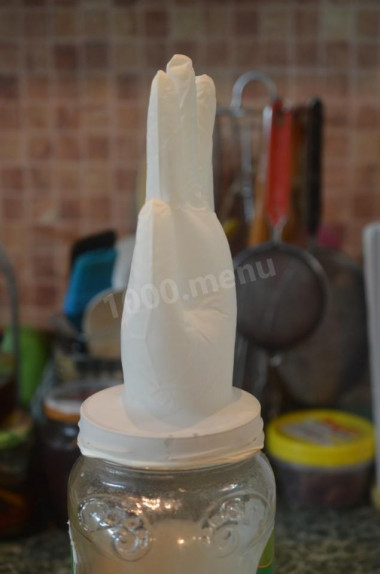
When the glove inflates, it means fermentation has begun. It can last from 10 to 18 days. It lasted 14 days for me.
Step 9:
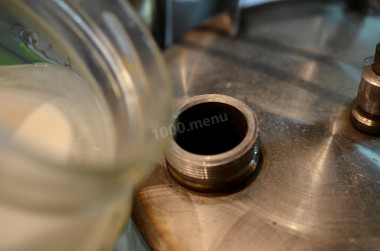
As soon as the glove is deflated, the braga is ready for distillation. If you use ordinary honey, not in honeycombs, it is not necessary to filter it. Pour the braga into the moonshine still. Strain the braga on the honeycomb through a sieve with gauze.
Step 10:
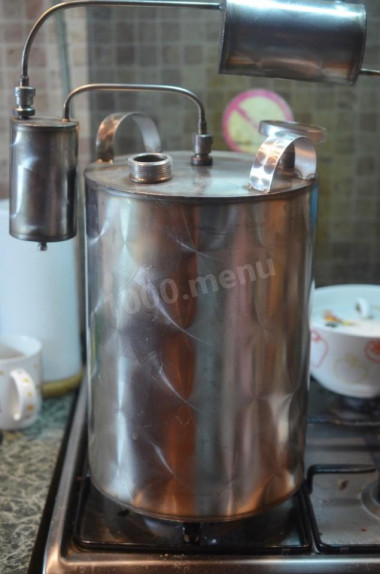
Assemble the moonshine machine according to the instructions. If your model provides this, connect all hoses with cold water. Put it on a small fire. As soon as the temperature reaches 70 degrees, turn on cold water. During the entire distillation time, keep an eye on the temperature — it should not rise above 80 degrees. Collect the resulting moonshine in a separate container. It is already ready for use, but I recommend making a second distillation.
Step 11:
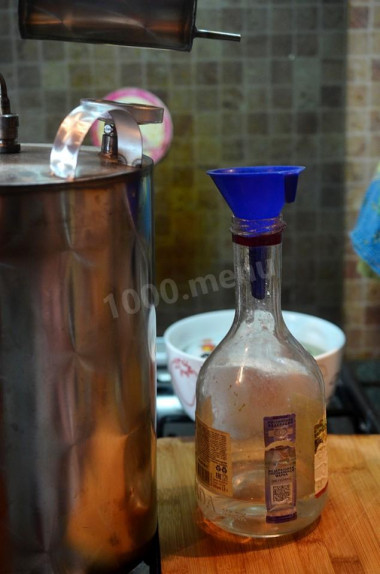
In this case, the product will be cleaner, without foreign odors. To do this, dilute the resulting moonshine to a strength of 20 degrees (for this, take 500 ml of water for 1 liter of moonshine). Pour the resulting moonshine into the machine and repeat the distillation in the same way. But during the second distillation, separately collect the first 100 ml and the last 100 ml of the resulting moonshine — this product must be poured out, it is saturated with fusel oils and is harmful to humans.
Step 12:
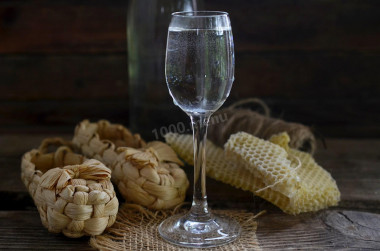
Pour the remaining moonshine into bottles and let it brew for a couple of days. Observe the measure when drinking alcohol!
The liquid in which yeast is bred should be pleasant to the touch, no higher than 40 degrees. Why is this important? In a warm environment, yeast is well activated, in a hot one it will die, and in a cold one it simply will not work. To avoid unpleasant surprises, check the yeast before mixing with the rest of the ingredients. Pour a little warm milk into a bowl, stir in the yeast. Cover the bowl with a kitchen towel and put it in a warm place without drafts for 10-15 minutes. During this time, a foam yeast cap should appear on the surface of the sponge. If this did not happen, then the fermentation process has not started (the yeast is overdue or spoiled). In this case, it is worth taking other yeast, otherwise baking will not work.
Dry yeast can be replaced with fresh pressed yeast, based on the proportion of 1:3. That is, for 1 gram of dry yeast required by the recipe, you need to take 3 grams of fresh.
For cooking, it is better to use filtered or bottled water that is neutral to taste. If you use tap water, keep in mind that it can give the dish an unpleasant characteristic taste.
Caloric content of the products possible in the composition of the dish
- Honey - 400 kcal/100g
- Water - 0 kcal/100g
- Dry yeast - 410 kcal/100g

